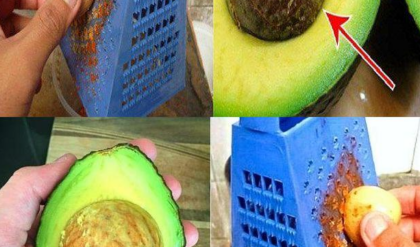Thuja, commonly known as arborvitae, is a beloved evergreen shrub celebrated for its beauty and versatility in landscaping. Propagating Thuja from seeds can be a slow and labor-intensive process, but using cuttings combined with the natural benefits of aloe vera makes propagation faster and more effective. This step-by-step guide will walk you through the process of propagating Thuja from cuttings with the help of aloe vera.

Materials You’ll Need
- Healthy Thuja plant for cuttings
- Fresh aloe vera gel or pure store-bought aloe vera gel
- Clean, sharp pruning shears or scissors
- Small pots or containers
- Well-draining potting mix or a sand-and-peat mixture
- Rooting hormone (optional)
- Spray bottle filled with water
- Clear plastic bags or plastic wrap
- Rubber bands or string
- A warm, well-lit spot with indirect sunlight
Step-by-Step Instructions

1. Choose a Healthy Parent Plant
Select a disease-free Thuja plant with strong, softwood or semi-hardwood branches. Spring or early summer is the ideal time for taking cuttings.
2. Prepare Your Tools
Ensure your pruning shears or scissors are clean and sharp. Sterilize them with rubbing alcohol or a mild bleach solution to prevent contamination or disease transfer.
3. Take the Cuttings
Using your sterilized shears, cut 4-6 inch sections from the chosen branches. Each cutting should include multiple leaves. Make an angled cut just below a leaf node, which is where roots are most likely to form.

4. Extract Aloe Vera Gel
If you’re using fresh aloe vera, cut open a leaf and scoop out the gel. Aloe vera naturally contains rooting hormones that encourage root growth and protect against infections. If using a store-bought product, ensure it’s pure and free from additives.
5. Apply Aloe Vera to the Cuttings
Dip the cut end of each cutting into the aloe vera gel, coating it thoroughly. Aloe vera acts as a natural rooting stimulant and protects the cuttings from harmful bacteria or fungi.
6. Optional Step: Use Rooting Hormone
For an extra boost, dip the cut ends into a rooting hormone powder before applying aloe vera gel. This step is optional but can improve rooting success.
7. Prepare the Growing Medium
Fill small pots or containers with a well-draining potting mix or a blend of sand and peat. Moisten the soil thoroughly but avoid waterlogging.
8. Plant the Cuttings
Insert the cuttings into the prepared pots, ensuring they are deep enough to remain upright. Space multiple cuttings within a single pot to prevent overcrowding.
9. Create a Humid Environment
Cover the pots with clear plastic bags or plastic wrap to trap moisture and maintain high humidity. Secure the coverings with rubber bands or string.
10. Position the Pots Properly
Place the pots in a warm location with bright, indirect sunlight. Maintain a consistent temperature between 65-75°F (18-24°C) for optimal rooting.
11. Keep the Soil Moist
Mist the cuttings regularly using a spray bottle to maintain humidity. Check the soil frequently and water as needed to keep it evenly moist, but avoid overwatering to prevent rot.
12. Wait for Roots to Develop
Roots typically form within several weeks. To check progress, gently tug on the cuttings; resistance indicates that roots have developed.
13. Transplant Your New Plants
Once the cuttings have established a strong root system, transplant them into larger containers or directly into your garden.
Tips for Success
- Patience is Key: Root development takes time, so don’t rush the process.
- Ideal Conditions: Ensure the plants receive adequate humidity and consistent warmth.
- Regular Monitoring: Keep an eye on the soil’s moisture levels and inspect for any signs of fungal growth or pests.
Conclusion
Propagating Thuja from cuttings using aloe vera is a natural, effective, and rewarding way to expand your garden. With proper care and attention, you’ll soon have thriving Thuja plants ready to enhance your outdoor spaces. This eco-friendly method not only saves time but also makes use of aloe vera’s natural benefits to nurture healthy new growth.
Inspired by this guide? Share it with fellow gardening enthusiasts and spread the joy of sustainable propagation!





